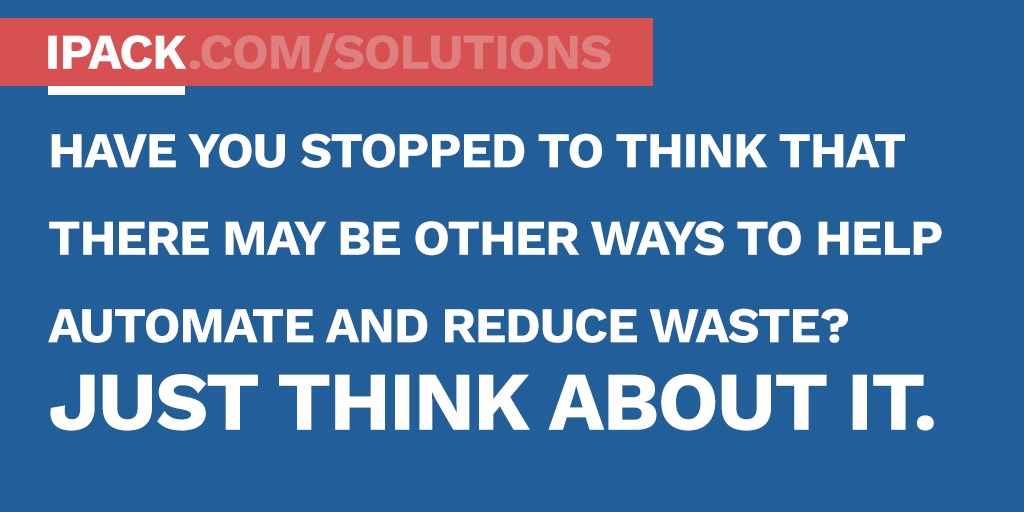
Introduction: The choice to automate stretch wrap

Lean methodology. Cost savings initiatives. Elimination of waste. Problem solving and key performance indicators. All of these terms are used on a daily basis in manufacturing facilities that use stretch wrap.
With costs and competition increasing daily, how can you stay competitive? You need to increase your throughput while reducing costs. It seems counterintuitive trying to do more with less resources, but that is the direction of American manufacturing. With imports arriving daily produced for much less, American companies are turning to new and innovative ways to make sure that they are competitive in the constantly evolving world economy. Have you looked into stretch wrap automation as a way to reduce costs?
Most manufacturing facilities have found ways to automate many aspects of the production cycle. Lean manufacturing focuses on the elimination of waste in waiting, inventory, defect production, over production, and unnecessary motion.
On the floor you understand the need to create a process flow and eliminate downtime. You’ve automated your lines and your products are flowing. Maybe there is even a machine at the end of the line packaging your product and sealing the box. Then it’s placed on a pallet and a worker grabs a roll of stretch film and wraps the pallet for shipment.
Wait.

You have a worker hand wrapping pallets? Maybe because you’re moving so quickly you have a worker hand wrapping at the end of each line, meaning you have a team of people who are hand wrapping your loads.
But you have noticed a bit of a bottleneck as each one rounds the pallet multiple times, securing the load for placement on the truck. You also know that by the end of the shift pallets are wrapped more hurriedly you have had increasing reports of damages in transit because of shifting pallet loads and uneven securement force.
Stretch wrap automation will save you money in 4 ways:
- Material Savings
- Reduced Labor Costs
- Ergonomics
- Productivity Gains
Maybe it's time to automate the stretch wrapping process.
What are the next steps?









